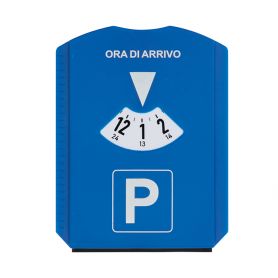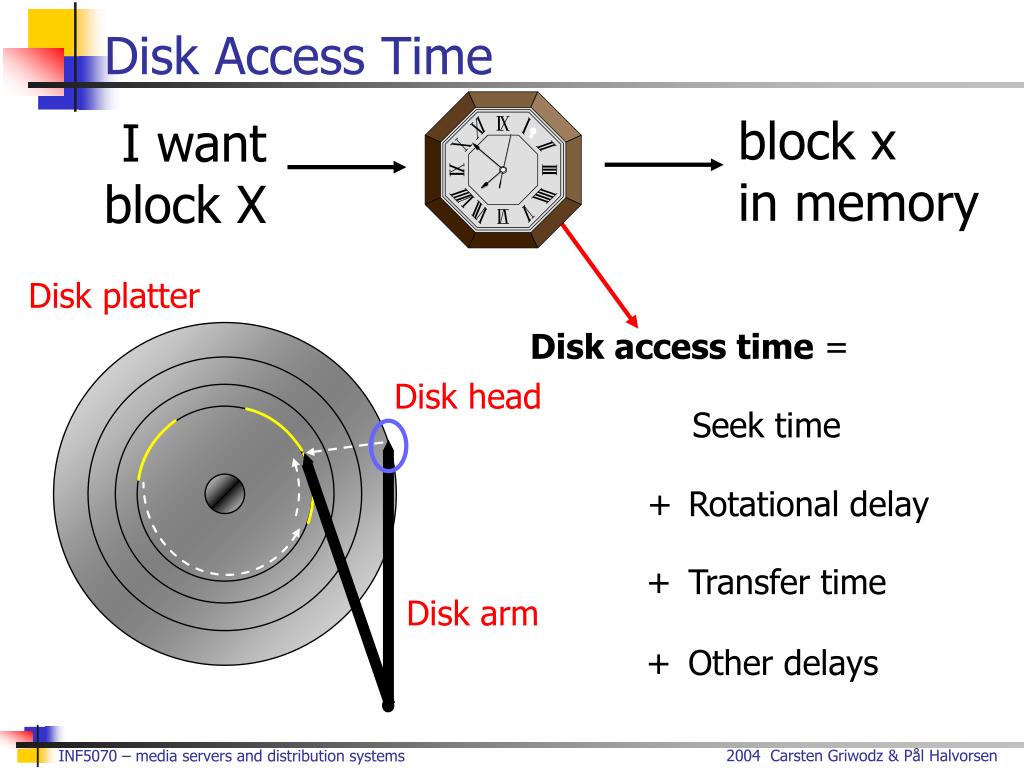

See the qemu-img invocation documentation for more information. You can add an M suffix to give the size in megabytes and a G suffix for gigabytes. Some advice on how long to run (is much data collected?) and on its subsequent removal (just uninstall?) would also be appreciated. You can create a disk image with the command: qemu-img create myimage.img mysize where myimage.img is the disk image filename and mysize is its size in kilobytes. If you still think this is the best way forward I have looked at the instructions and think I can manage to do this. Two of you have suggested installing the WPT and kindly offered to check the trace file. However I am concerned that the keyboard problem may recur (the underlying cause of this problem did not seem to be known). One option I have been considering is to revert to Windows 8.1 and start again with Windows 10.
#In timedisc images software
Currently there in no application software installed - need to be sure the system is stable first. (2) The still remaining slow-running problem – I opted to leave the new laptop unused in the hope that updates would eventually fix the problem! They have not, hence the current need to resolve the problem. This took three long online chats with Microsoft XX and some two hours with a Microsoft technician working remotely on the laptop to resolve. (1) The (UK) ke yboard worked fine for the original user (created in Windows 8.1) but was giving some incorrect characters for a second user (created in Windows 10). It was immediately updated to W10 after which two major problems became apparent. Some background – the Dell laptop (W8.1 8GB + i5) was bought for my wife new in August 2015.

#In timedisc images update
Started with the implication that “Dell Update and Recovery” is part of the problem. I have been tied up for a couple of days but today I have been able to return to the problem.

Many thanks to all who have responded to my problem.


 0 kommentar(er)
0 kommentar(er)
